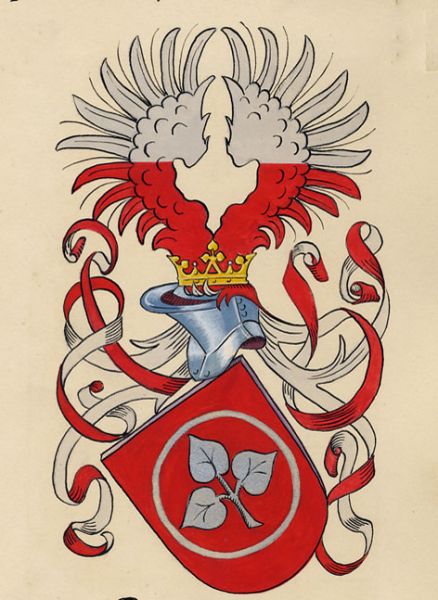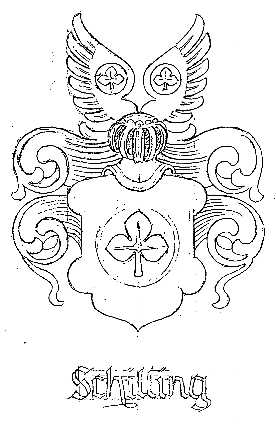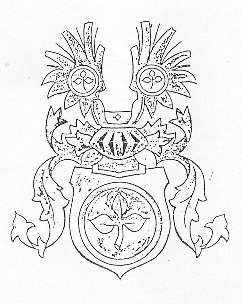Origin of the Western Branch
Johann I, the eldest son of Heinrich III, the ancestor of the House of Schilling and lord of Lahnstein castle, is regarded as the ancestor of the western branch.
After the assassination of King Albrecht and when almost the whole family was under imperial ban, his great grandson Friedrich (1305-1373), son of Bernhard, who was supposedly killed in Brugg on the River Reuß (see origin of the House of Schilling), and his mother (Hildegard von Rheinfelden) left Lahnstein and fled to the Swiss Alps. At the age of 15 he went to Burgundy, where the family owned land at this time. He met King Johann of Bohemia-Luxembourg, who held him in such high esteem that he took him into his service at the Royal Court in Prague. After the king had given him Kerkowe Manor near Breslau and Heinrichau Manor in Galicia as fiefdom, he finally settled in Breslau where he lived as a citizen and councillor. Friedrich had firstly married Adelberga von Katzenelnbogen (1310-1334) and secondly Magdalena Rhedinger (*1318), a merchant’s daughter of Nürnberg. They had a son, Daniel I.
Daniel I (1341-1425) was a Bohemian Privy Council in Breslau. Being a follower of the reformer John Hus he had to flee to Hof/Upper Franconia at the beginning of the Hussite Wars. Desperately he wrote on the way: “I had to flee my native town because of my religion, I abandoned my name and became an ordinary man, lost my native country and my home.” After marrying Elisabeth von Stahl of Wissembourg, Alsace (France), Daniel returned to Breslau. The Stahl family had already met Friedrich while he was staying in Burgundy.
Daniel I had three sons: Friedrich, the eldest (about 1385-1445), catholicised and was expelled from the family.
The two younger sons founded two lines of the western branch: Daniel II (about 1390-1445) the green line and Hans I (1395-1469) the white line.
Coat of Arms


